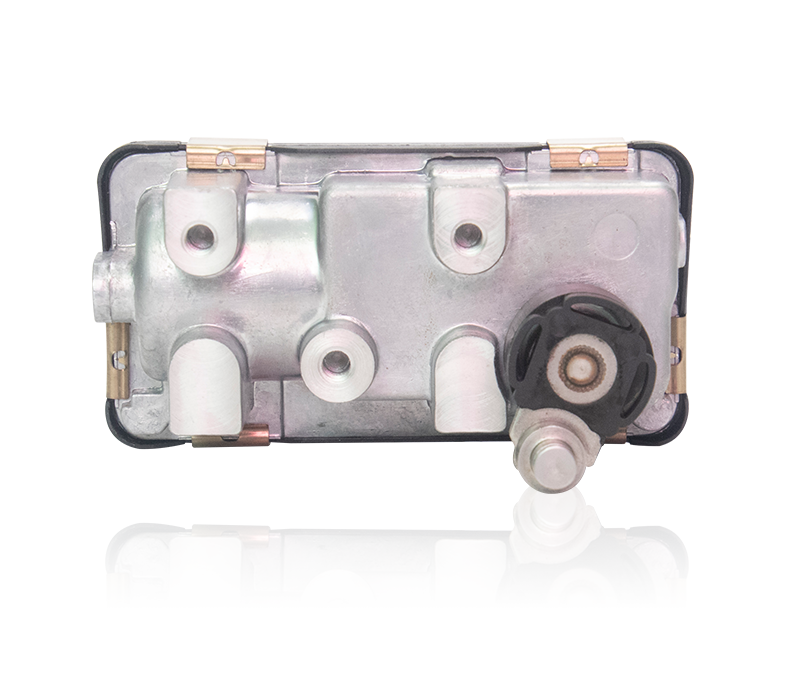Disposable Electronic Vacuum Sensor This invention rela […]
Disposable Electronic Vacuum Sensor
This invention relates to a disposable electronic vacuum sensing device. The device is a disposable instrument that detects low vacuum pressure and can be used in medical applications. For example, catheterization is used in many medical procedures. This procedure is required for the administration of anesthesia and must be repeated at regular intervals to be effective. The present invention is a device for measuring and adjusting the vacuum pressure. A calibration screw is included to facilitate this process.
Two types of sensors are available: the semiconductor piezoresistive sensor and the thermal device. The former uses semiconductor technology, and the latter is based on the principle of a diaphragm. The difference between the two pressures is the magnitude of the change in resistance. The latter is also known as the sealed gauge pressure and measures one atmosphere at sea level. The latter is more accurate for high and medium vacuums. In addition, this device can also be used in applications that require a vacuum lower than 1 mbar.
The second type of electronic vacuum sensor is the semiconductor piezoresistive sensor. It uses semiconductor technology to measure sub-atmospheric pressure. A true vacuum is never attained, so the term is defined as the absence of gas pressure. Conventional pressure sensors, meanwhile, are not very sensitive due to their low signal-to-noise ratio, and cannot resolve extremely low gas concentrations. Instead, they use the physical properties of gas molecules, mainly their concentration, and how they react in a given volume of space.
An electronic vacuum sensor is a device that detects sub-atmospheric pressure. Unlike the name, a vacuum is a near-absence of gas pressure. The conventional pressure sensors cannot resolve such low concentrations due to their low signal-to-noise ratio. An alternative is an electronic vacuum sensor based on the thermal phenomenon. However, this sensor is more accurate when working under low and medium levels of air pressure.
The second type of electronic vacuum sensor is the semiconductor piezoresistive sensor. The temperature of a semiconductor piezoresistive sensor is the same as that of a pressure-sensitive electrode. Neither device uses the temperature of a vacuum. Its main benefit is that it is accurate and easy to use. This means that an electronic vacuum detector can be installed on a small scale without affecting the quality of the environment.
Another type of electronic vacuum sensor is the piezoresistive type. This type is based on semiconductor technology. It measures differential pressure in a system with a negative pressure. It is used to measure positive and negative pressure. Despite their similarities, the two types of sensors can have very different levels of accuracy. Therefore, it is important to know which one is most suitable for your application. For example, one type of sensor may be better suited for a medium-level application than another.
